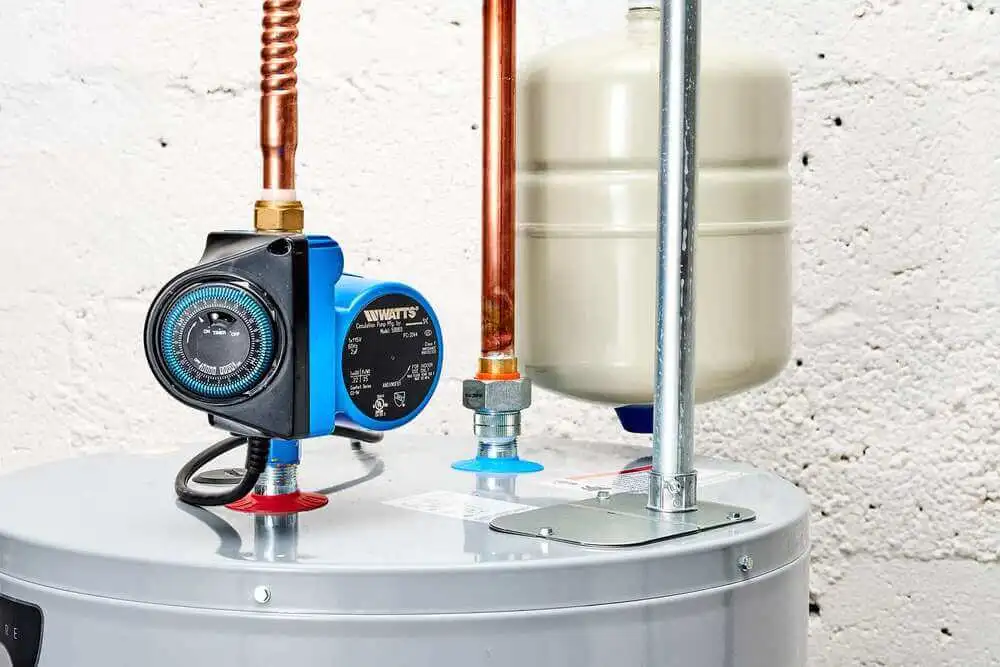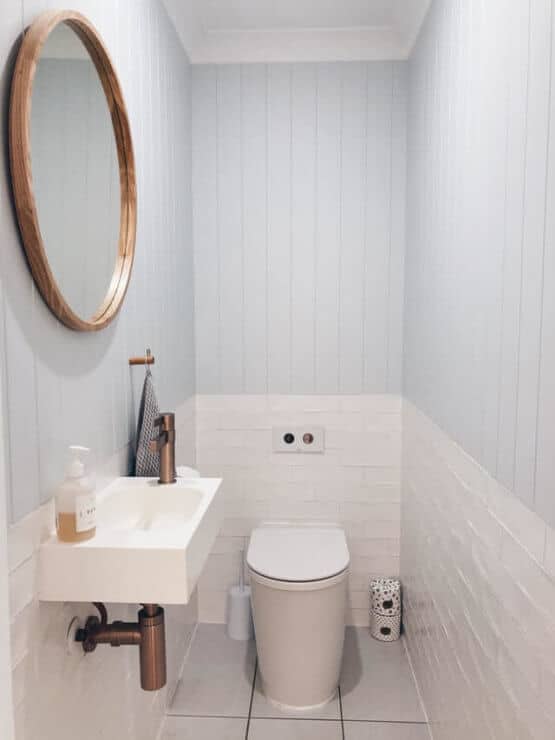Knowing the pros and cons of hot water recirculating pumps can help you decide whether you need it or not. This pump costs around a few hundred bucks which is a considerable amount of money for most of us.
A hot water recirculating pump is a convenient solution for homeowners who are tired of waiting for hot water to reach the farthest bathroom fixtures from the water heater. This technology offers instant hot water at your fingertips, eliminating the need to run the tap and waste water while waiting for it to heat up.
Pros and Cons of Hot Water Recirculating Pumps

The major pros of hot water recirculating pumps are less water usage, the faster contribution of hot water, and avoiding wasting water that would otherwise go down the drain while waiting for the hot water to come. On the other side, cons are slightly increased power or gas usage for reheating the cooled-off water.
Pros of Hot Water Recirculating Pumps
Without further ado, here are some pros of hot water recirculating pumps.
- Quick Access to Hot Water
The biggest reason why people choose to buy a hot water recirculating pump is because they want to have a quick access to hot water. With this pump, you no longer have to wait for hot water while waiting for a shower or to wash hands.
Sure, most people can live having to wait couple of seconds to get the hot water they desire. However, given the chance, most would agree that they’d like their hot water to arrive a bit faster. This is where recirculating pumps come into play.
- They Save Water
The hot water recirculating pump is great for the environment because it saves a great amount of water yearly.
In fact, a study showed that the average person wastes between 1 and 3 gallons of water just by waiting for hot water to come through the faucet!
When you install a hot water recirculating pump, you can help the environment by saving that amount of water. This will also help your community.
- They Save Money
We’ve already mentioned how recirculating pumps help save water. By doing so, they also help you lower your utility bills. Sure, they will spend a bit more electricity (except if you get a pump that comes with a timer), but over the years, they will help you save a small amount of money by not spending as much water. This is especially helpful for big families who usually use a lot of water.
At the same time, by having hot water running through your pipes, you won’t have to turn the heater on as much as you normally would.
- They Are Easy To Maintain
If you or your plumber have followed the hot water recirculating pump installation diagram properly, you can expect to have very little maintenance over the year.
In fact, pumps that don’t require additional pipes are so easy to install that you could do it on your own, without a professional help. It’s always a good thing when you can install something with very few expenses.
Cons of Hot Water Recirculating Pumps
Unfortunately, there are some downsides to installing a recirculating pump. Here are some flaws in the hot water recirculation system design:
- They Can Be Expensive
The biggest reason why many people hesitate on purchasing a hot water recirculating pump is their high initial cost. Some of the more affordable pumps cost $100-$300, but if you have to hire a plumber to install them, this can cost up to $1000!
In fact, studies have shown that this is the second biggest home expense, right after HVAC costs.
- You’ll Wait for Cold Water
When getting a recirculating pump, many people aren’t aware that there is a trade-off.
While you’ll end up getting hot water faster, many pumps will require you to wait a bit until you get cold water. This is avoided in pumps that use separate pipes from cold water ones.
Of course, some people don’t mind this turn of events. It all comes down to which one is more urgent to you – cold or hot water.
- Faulty Sensor Valve
The sensor valve that many of these pumps work on is still one of the main issues people have with these units. Many reports state that the sensor valve has to be replaced every few years.
The sensor valve is usually located under the sink that is the furthest from the water heater. Sometimes, it can be on the pump itself. As long as it’s outside of the water pump, you can replace it rather easily. However, when it’s inside the pump, this can require the replacement of the entire unit.
- Additional Wiring
Most recirculating pumps require you plugging them into an outlet. If you have one nearby, that’s good news, as you have one less concern to worry about.
However, the problem arises when there isn’t an outlet close enough. This will require that you either install a new outlet or rewire the water pump so it connects into something else. Either way, this can be time consuming and it can end up costing you.
Related: Hot Water Recirculation System Problems
Conclusion
The decision whether you should buy this type of unit or not is entirely up to you and your desires. Some people would do anything they can to get hot water. To others, this isn’t worth spending money on.
Either way, you need to know both the pros and cons of hot water recirculating pumps in order to be able to make the best decision possible. While the installation process is easy, these pumps are expensive, and you have to be certain you are choosing the best for you.
Read Next: Rinnai vs Rheem

Michael Davis is a heating & plumbing expert who currently works as independent contractor in SC. He also writes for Plumbertip.
For almost 10 years he worked on various plumbing tasks across South Carolina.


